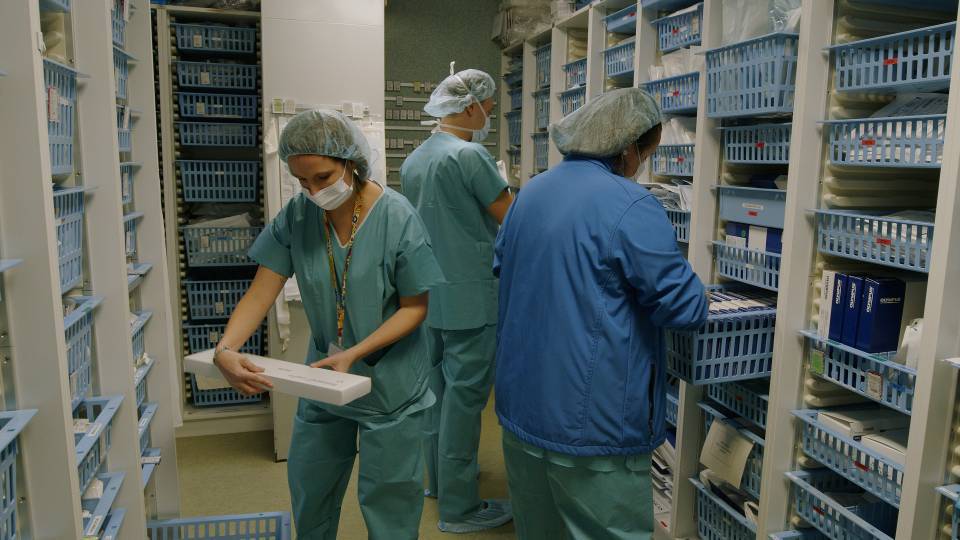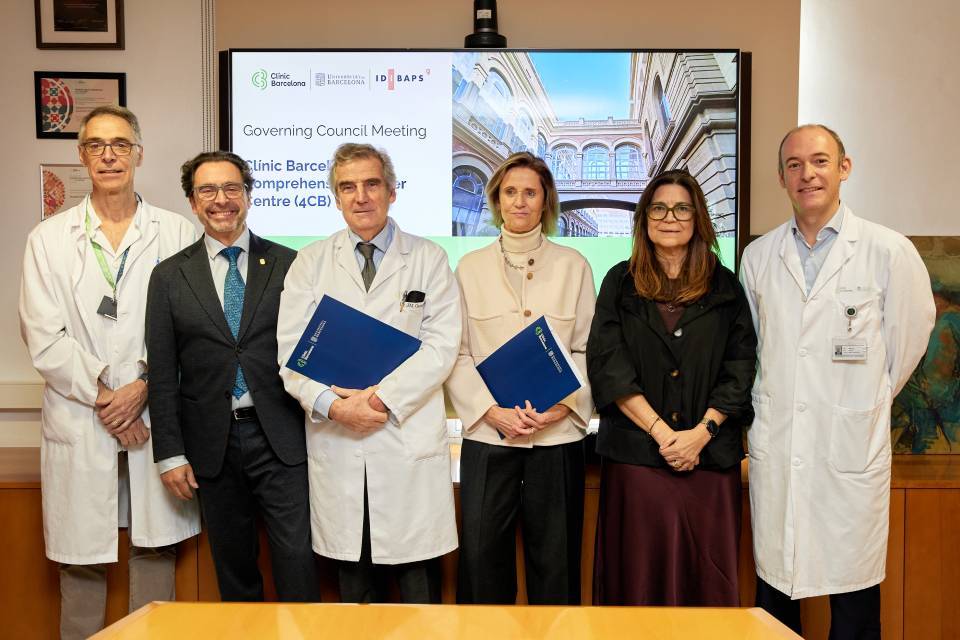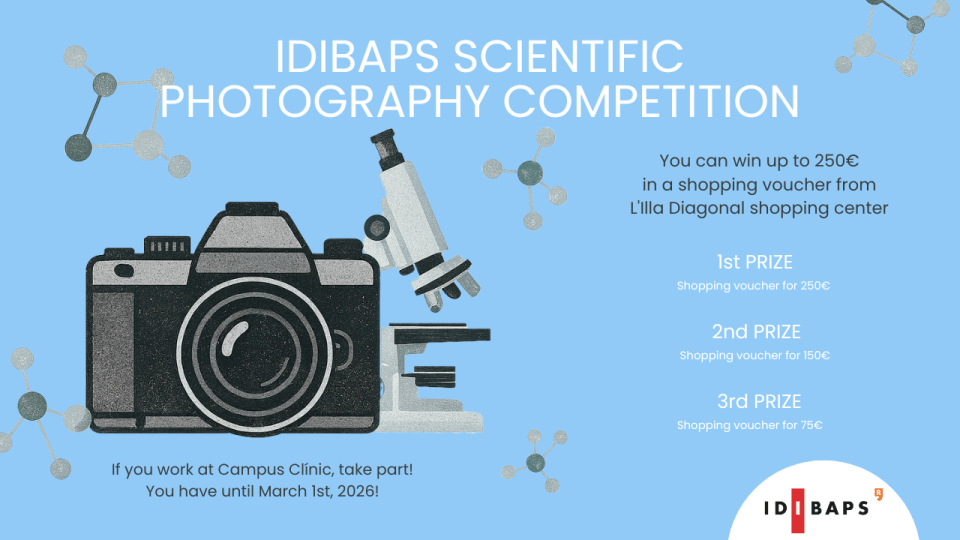This project aims to establish a new logistics model applicable to the hospital’s various units, such as the Intervention Units, Operating Theatres, Hospitalization, and the A&E Department. Initially, it focused on surgical areas and intervention units, which, due to their complexity, diversity and the high costs of the materials they work with, allow the new logistics model to be adjusted for scaling it to the rest of the Hospital.
The RFID project has made it possible to size and organize warehouses, identify stocks and the consumption of materials and to track and trace them according to their importance and cost. At the same time, it also allows for the tracking of consignment/deposit material and reduces manual tasks of no value. A consumable material is one that cannot be used without being consumed, i.e. it must be replaced after each use.
The information on the delivery note and the material received is entered into the computer program (SAP) and associated with a radio frequency tag that is attached to the material, so that it can be tracked using antennae installed in different parts of the hospital. Through Middleware (a computer system for managing the antennae and sending stock and consumption information to SAP), the location of the material and its flow can be seen. Thus, the material can be traced at all times.
The project, which also facilitates care tasks, means that once the material in the warehouse is used up, an automatic order for new material is generated through the suppliers. The labelling criteria for the materials included in the project are mainly prostheses and high-cost consumable materials.
Materials management via radio frequency
The Clínic manages over 1,400 references of materials of varying complexity, usefulness and cost, distributed throughout the various parts of the hospital, consuming up to €220,000 daily and making more than 3,000 movements per day. All of these must be stored, transported and distributed in the required quantity, at the right time, and in the right place.
The project started in 2019, and a pilot implementation phase was carried out in 2023 in the Ophthalmology Surgical Unit of the Maternitat Centre. The project is now consolidated and is being implemented on a daily basis in the Surgical Area of the Plató Centre and in the Cardiac Arrhythmia and Haemodynamics Service. It is also being implemented in ophthalmology.
The Clínic’s intra-hospital logistics project for materials has generated a new way of working in the supply and monitoring of consumable healthcare materials and prostheses, reducing the time spent by healthcare staff on logistics tasks while ensuring the coordination of the healthcare process with the materials required for each process.
The hospital sector and, more specifically intra-hospital logistics, needs concrete and reproducible examples of success (the Clínic uses European Standard GS1 labelling), in
order to reap the benefits that many other industries are already enjoying. The adoption of technologies that are well established in other sectors by other hospitals makes it easier for suppliers and other institutions to incorporate these advantages into their production chains in the medium term.




